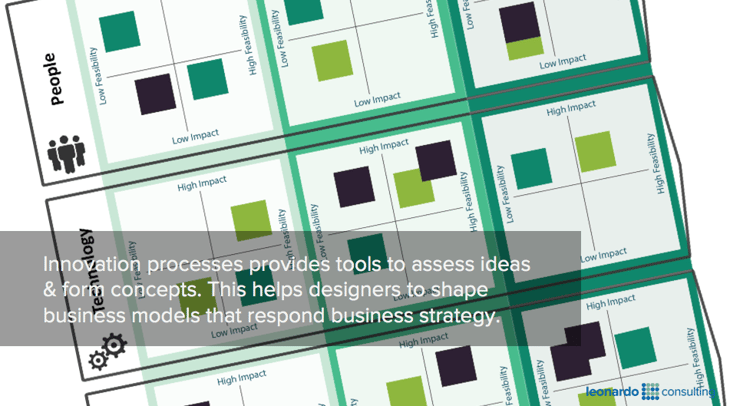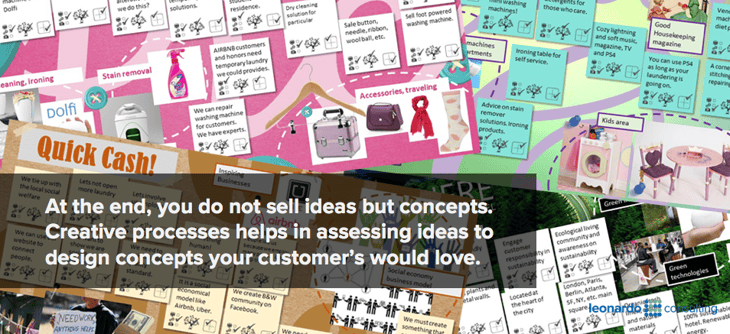
Ideation activities are sure to bring in a lot of ideas but in most situations, not all ideas are implemented. It is very important at the earliest phase of idea generation that there are already guidelines on how to choose which ideas are in the best interest of a project or an organization.
Create, collect then select the best ideas
It is important that as you are generating and collecting ideas, you are also applying the strategies on what to prioritize based on the needs and requirements of the group or the business. You need to set a list of criteria on how to choose the best ideas and here are some helpful guidelines to help you decide:
Evaluation
Do not just merely base on votes because oftentimes voting just speaks of the popularity of an idea and not about its workability. Also, there are ideas that may seem ridiculous at first but actually have a potential to be the most innovative ideas. It is always important to be discerning and evaluate ideas beyond the surface level.
Communication
By involving everyone, you are able to get to know what they think or what their perceptions are over the ideas. Communication encourages people to be more open and confident about their decisions and honest opinions.
Profitability
You cannot argue with this criterion. All businesses include profitability as a factor in any decision-making process. Knowing about the revenue opportunities that abound your product or service will help you choose the best ideas to implement.
Usability
The usability or functionality of an idea both short-term and long-term is very crucial. An idea is useless if it doesn’t fulfill a practical need.
Long-term Value
In relation to usability, you can gauge if the idea is one of the best if it works in the long run and becomes a necessity.
Stability
Businesses are unpredictable that’s why it’s important to consider an idea’s stability over time. It’s important for you to determine that an idea is not just simply a fad.
Clarity
Ideas should always be clear and concise. Uncertainties over an idea will just bring in a lot of assumptions which results to unexpected disasters.

Eliminating Ideas
Now that you have a long list of ideas, the hardest part is about to start – choosing what not to include. It is tough making decisions but your organizational skills will help you sort things out.
Create a Go/No Go list where all ideas are listed and a set of criteria is included to help you determine if the ideas are retained or discarded.
Grouping ideas into concepts
After selecting which ideas to be implemented, the next step is to group these ideas into concepts. Before going further though, let us first differentiate an idea from a concept.
An idea is defined as a thought, plan, or suggestion about an action while concept is defined as an idea of what something is or how it works. Simply put, a concept is like the final form of an idea which has gone through a process of refinement. After listing down your ideas, it’s time to group them and collectively assess what ideas work well together. Start with ideas that are related to each other, put them together in one column or side until all ideas have their own groups and label each group.
Whatever ideas you choose to implement or eliminate, the bottom line is to stick with your criteria, be able to differentiate an idea from a concept, and be able to group and organize your ideas logically.



